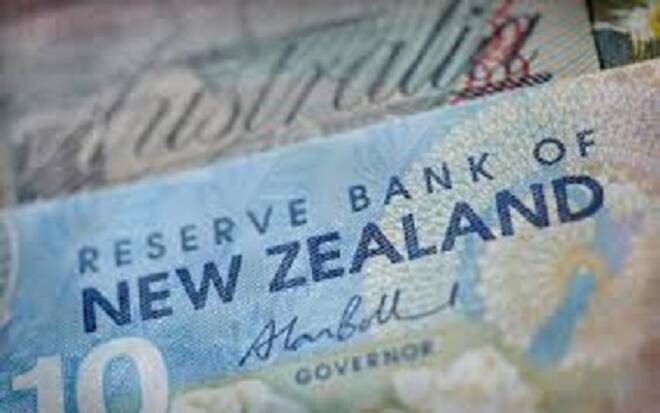Advertisement
Advertisement
Currency Traders Reviewing Interest Rate Changes Across The Globe
By:
This morning’s big event was the Reserve Bank of New Zealand’s rate action. The RBNZ lowered its prime lending rate by 25bps as expected. The Reserve Bank
This morning’s big event was the Reserve Bank of New Zealand’s rate action. The RBNZ lowered its prime lending rate by 25bps as expected. The Reserve Bank today reduced the Official Cash Rate (OCR) by 25 basis points to 2.0 percent. The statement released by the bank said that:
Global growth is below trend despite being supported by unprecedented levels of monetary stimulus. Significant surplus capacity remains across many economies and, along with low commodity prices, is suppressing global inflation. Some central banks have eased policy further since the June Monetary Policy Statement, and long-term interest rates are at record lows. The prospects for global growth and commodity prices remain uncertain. Political risks are also heightened.
Weak global conditions and low interest rates relative to New Zealand are placing upward pressure on the New Zealand dollar exchange rate.
The kiwi soared 60 points to trade at 0.7273 near its highest level in a year. The markets were expecting the action after the Reserve Bank of Australia reduced their rates last week by 25bps to 2.00%. The Aussie was steady this morning at 0.7711 near the top of its range as declines in the US dollar also supported the currency moves. The US dollar is trading at 95.59 showing little action in the Asian session. The recent strength in employment adds to the growing list of economic data that suggest the U.S. can weather the global economic storms raging around the world, from the persistent slowdowns in China and Japan, the post-Brexit volatility in Europe and weakness in other global economies.
And, the report just may give the Federal Reserve a reason to resume normalizing interest-rate policy.
The weakness exhibited by the greenback over the past days has done little to help the Japanese economy as the USD/JPY moved to trade near the bottom of its range at 101.28 weighing heavily on the export base economy. Renewed strength in the yen against the dollar posed a “serious dilemma” for Japanese policymakers, Boris Schlossberg, managing director of foreign exchange strategy at BK Asset Management, said in a note late Tuesday.
“The pair has unwound most of the gains of the prior three weeks,” he said. “Japanese authorities may be forced to once again consider intervention, although prior episodes have proved futile,” said Schlossberg.
Export stocks in Japan were under pressure, likely weighed by the stronger yen, which hurts overseas profits when they are translated back into the home currency. Shares of Toyota closed down 1.88 percent, Nissan lost 3.02 percent and Sony was down 1.66 percent.
Elsewhere the euro gave up a few points after strong gains on Wednesday as the greenback declined. The euro is trading at 1.1163 in the morning session. “Current expectations for a Fed rate hike in September are standing at a meager 26%. Our view is that any decision will come down to the final data points prior to Yellen’s Jackson Hole speech. In this context for example, Friday’s strong payroll report will lose some relevance in the wake of newer data. The evidence is mounting that outside of a few key areas such as housing and labor, US economics are decelerating,” analysts at Swissquote Bank said on Wednesday.
The pound is flat this morning at 1.3011 against the US dollar and at 0.8589 against the euro. The Bank of England’s Brexit rescue plan for the UK economy is a bad move for the European Union, claims the CEO of one of the world’s largest independent financial advice firms. Nigel Green argues that the stimulus package aimed at avoiding recession by boosting growth in the UK will have a detrimental impact on the EU – especially the Eurozone. Pound sterling was notably lower as the Bank of England commenced its quantitative easing program. Investors rushed to sell bonds to the Bank of England on after it revived its quantitative easing asset purchase program for the first time in nearly four years
About the Author
Barry Normanauthor
Did you find this article useful?
Latest news and analysis
Advertisement
